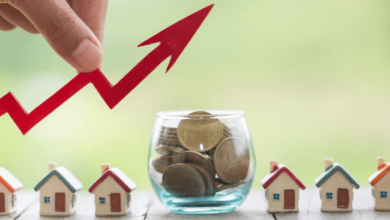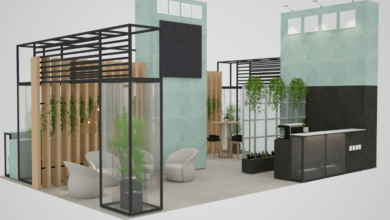Sustainable Architecture: Shaping Abu Dhabi’s Future

Abu Dhabi leads the way in sustainable architecture, blending innovative design with environmental responsibility to create a blueprint for future urban development. With a focus on reducing carbon emissions, conserving natural resources, and enhancing the quality of life, sustainable architecture is at the heart of Abu Dhabi’s vision for a greener future.
The Green Agenda 2030
Central to Abu Dhabi’s commitment to sustainability is the UAE’s Green Agenda 2030. This ambitious initiative emphasizes integrated urban planning, green building programs, and the widespread adoption of eco-friendly materials. It sets a clear direction for sustainable practices, inspiring architects, developers, and policymakers to collaborate on creating environmentally conscious structures that align with global sustainability goals.
See also: Understanding the Real Estate Appraisal Process
Landmark Projects: Masdar City
A shining example of Abu Dhabi’s dedication to sustainable architecture is Masdar City, designed by the renowned architecture firm Foster + Partners. This pioneering urban development is a model of eco-friendly innovation, combining state-of-the-art technology with traditional design principles to achieve carbon neutrality and zero waste.
Masdar City’s architecture maximizes natural ventilation, reduces energy consumption, and integrates renewable energy sources like solar panels. Its shaded streets and wind towers exemplify how modern architecture can adapt to desert climates while prioritizing sustainability.
Education and Sustainable Design
Abu Dhabi’s academic institutions are playing a pivotal role in advancing sustainable architecture. Students at New York University Abu Dhabi (NYUAD) are actively engaged in research and projects aimed at designing for a sustainable future. From exploring innovative materials to creating climate-responsive structures, these efforts highlight the importance of education in driving sustainable innovation.
In addition, Abu Dhabi University offers a Master of Science in Sustainable Architecture, equipping professionals with the knowledge and skills to implement sustainable practices. The program focuses on addressing the unique challenges of the desert environment, such as extreme temperatures and water scarcity, through innovative design solutions.
A Commitment to Green Building Standards
Abu Dhabi’s dedication to sustainable architecture is further reflected in its adoption of green building certifications such as Estidama, which means “sustainability” in Arabic. Estidama’s Pearl Rating System ensures that new developments adhere to strict environmental standards, promoting energy efficiency, water conservation, and the use of sustainable materials.
Transforming Urban Spaces
Sustainable architecture in Abu Dhabi extends beyond individual buildings to encompass entire communities. Mixed-use developments, parks, and public spaces are designed with sustainability in mind, fostering a harmonious relationship between urban environments and nature. These efforts contribute to the well-being of residents while preserving the ecological balance of the region.
The Future of Sustainable Architecture
As Abu Dhabi continues to grow, its commitment to sustainable architecture is setting a benchmark for the region and the world. By integrating traditional wisdom with modern technology, the city is creating structures that are not only beautiful and functional but also environmentally responsible.
Through landmark projects like Masdar City, academic contributions, and a strong regulatory framework, Abu Dhabi is leading a global movement toward sustainable urban living. These efforts ensure that the city’s growth is both innovative and ecologically mindful, paving the way for a greener, more sustainable future.





